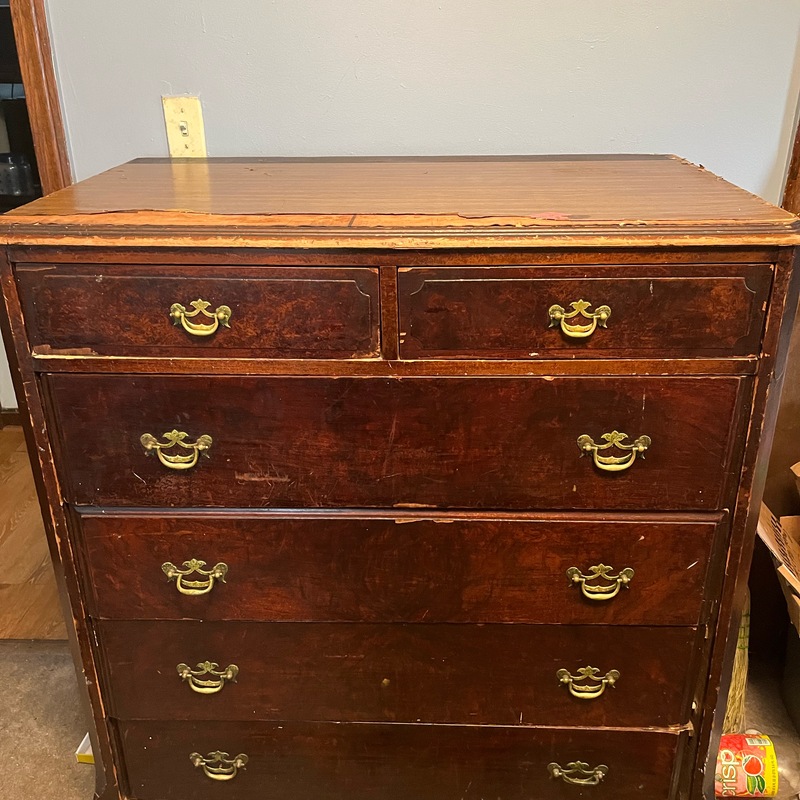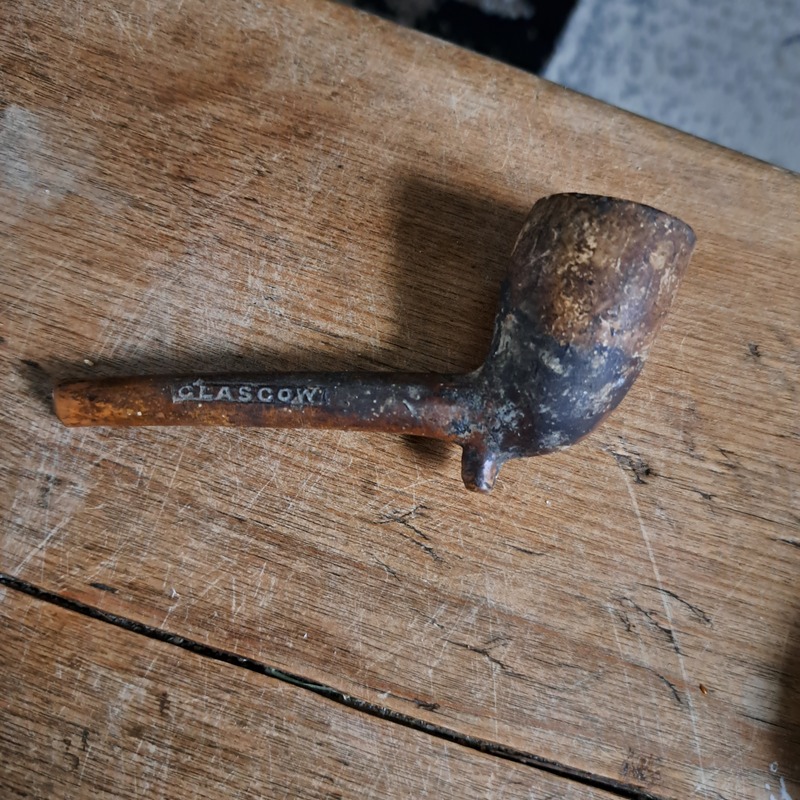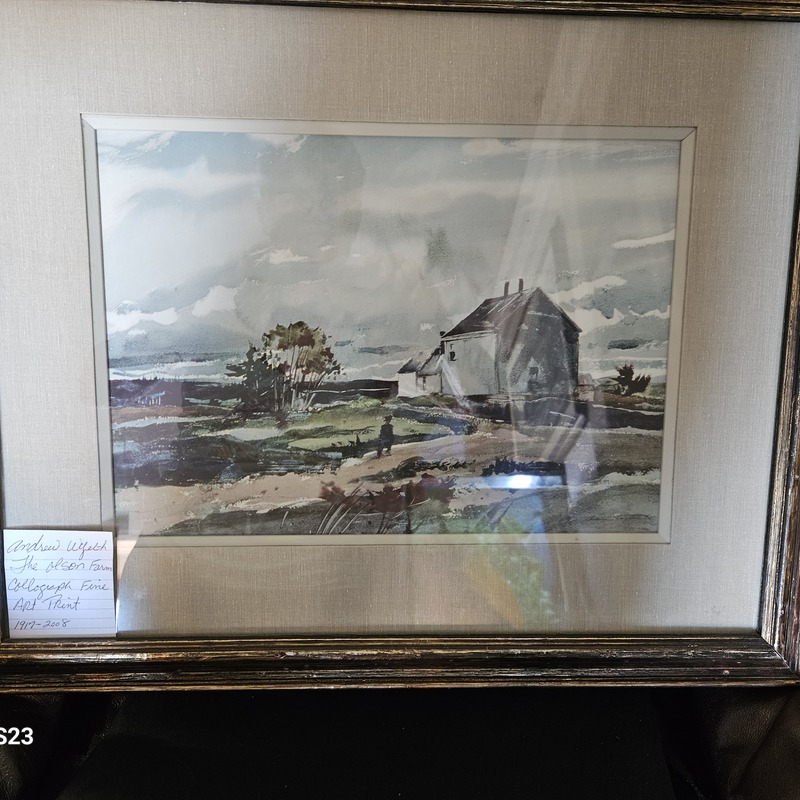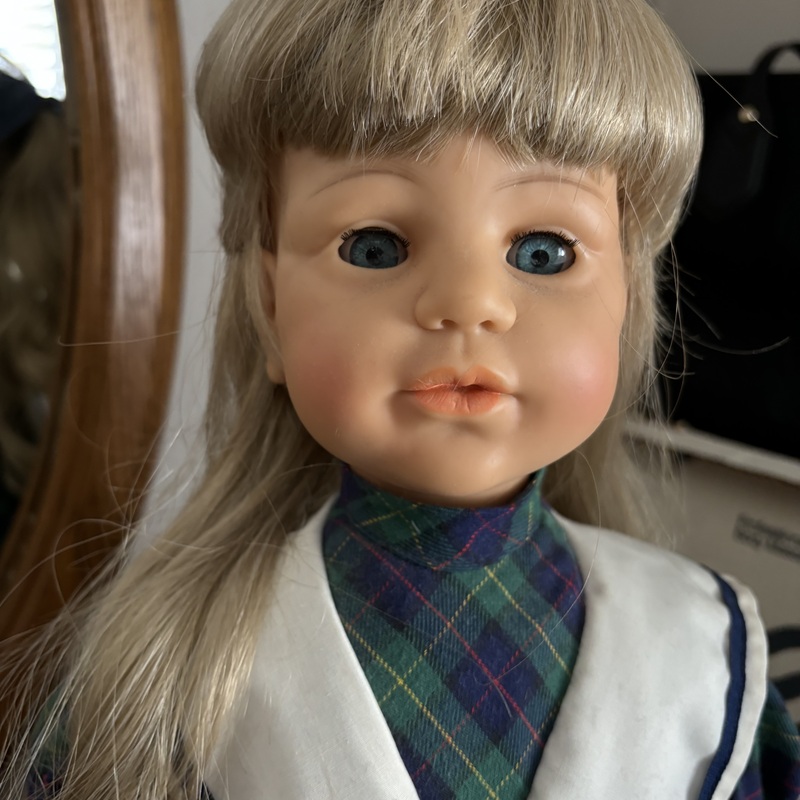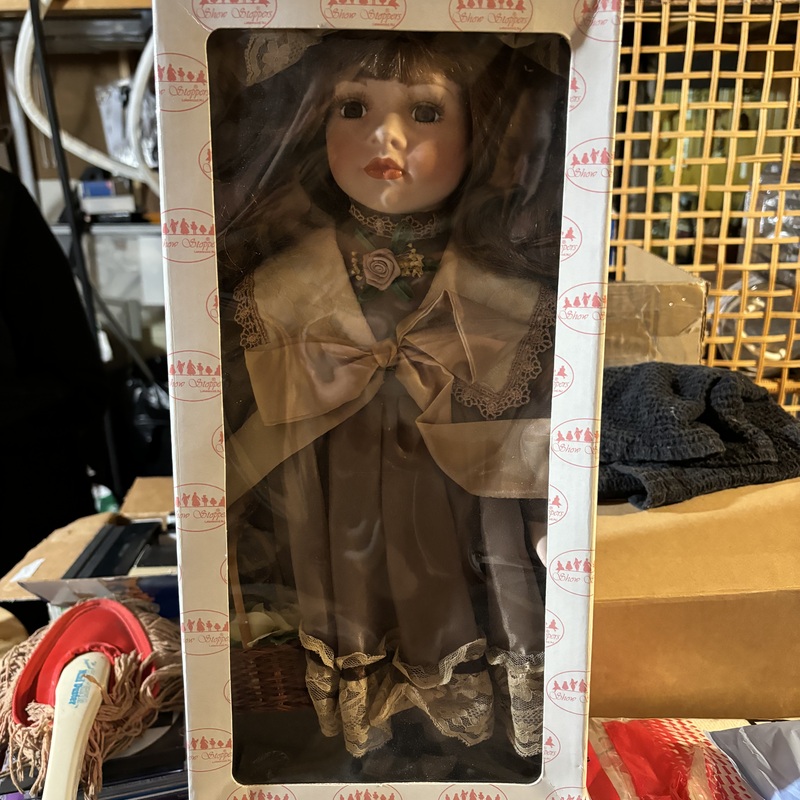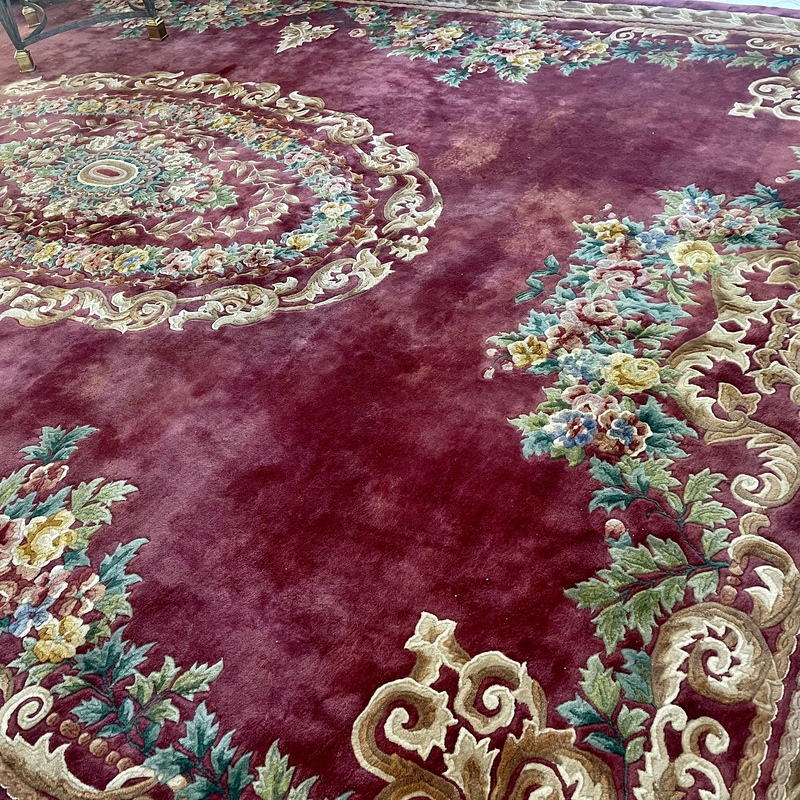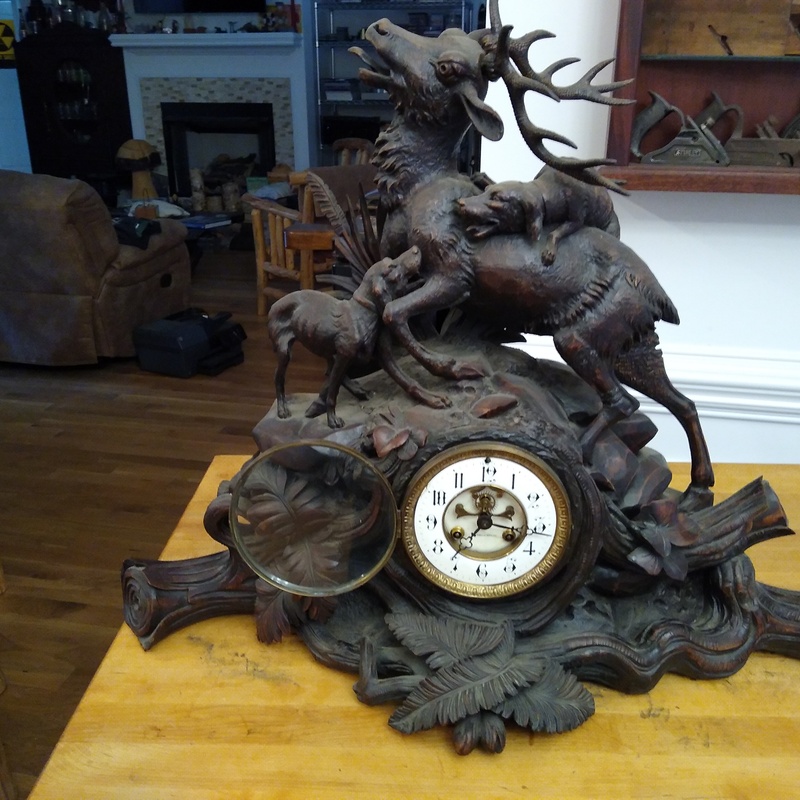
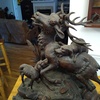
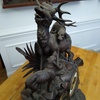
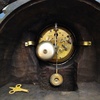
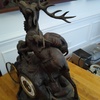
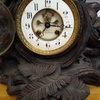
Black Forest Mantle ckock
This is a hand carved Black Forest Mantle clock with a E N Welch Manufacturing clock works. It measures 28" wide, 22" high, 9" deep.
Unknown, I bought it about 20 years ago from a antique shop in City Island, Bronx, NY.
Gallery/Dealer
Yes


Hello John,
Thank you for sending in your table clock to mearto.com for an appraisal. I shall try to help you with that today.
TITLE:
Stained walnut or linden wood, double spring driven, eight day time and hour/half hour striking mantel clock hand carved figural case of a forest scene with hunting dogs attacking an antlered buck amidst the foliage, carved in the Black Forest style, E.N. Welch signed dial with visible escapement, unsigned German-made movement with French Thieble pendulum, movement of Continental original, likely Germany, circa 1890-1910. Clock case, dial and movement together by association. Since this is not a single known entity I can only guess at the age of the case which could be as early as the mid 1870's or as late as the second half of the 20th century.
DESCRIPTION:
Case – 28" wide, 22" high, and 9" deep, table clock case made of darkly stained walnut or linden and handcrafted in the Black Forest region of Germany circa 1875-1885. Finely executed carving of a heavily antlered buck being attacked by two hunting dogs or wind dogs (although they are carved like trained hunting dogs). The deer’s suffering is apparent and the facies are well done. The animals are on a rocky outcropping amongst the well carved foliage of the forest with large timbers, branches and leaves around the base of the case. Carved case is like the work done circa 1880 but there are still carvers in Germany and Switzerland who can simulate the carving of the early carvers, especially during the second half of the 20th century. Centered is the glazed brass dial bezel. I cannot see the back of the clock which looks quite open and I do not see a door for access to the movement compartment although it may be open at the back. Of interest is that the carving of the wooden case is carved on the inside as well as the outside which was really not done by people who carved clock cases. Why waste the time of the parts that did not show, so I am leaning towards this carving being originally either for something other than the clock or more likely carved specifically for this movement and dial in more recent years, perhaps the third quarter of the 20th century, and made to appear older than it is. The inside of the case is quite clean and really does not show much age.
Dial – A brass egg and dart ornamented dial surround encloses a white enameled Arabic hour chapter ring with open bar minute track, Brocot type aperture at 12 for altering the movement speed. Recessed dial center marked for ‘E.N. Welch Mfg. Co.’ There is an outside escapement with visible escape wheel and jeweled pallets and steel French type skeletonized quatrefoil hands. Such dials were found primarily on the E.N. Welch collection of Marble clocks and their Patti type movements, but those movements were always skeletonized rather than solid and always marked for the E.N. Welch Mfg. Company.
Movement - A solid brass round plate movement connected by pillars which are pinned at the back plate. The pendulum suspension at the top of the rear plate is definitely rounded and screwed to the back plate. It was the German clockmakers who used the rounded brass pendulum suspensions. The French, England and Americans use more geometrical rectangular and squared off suspensions. That is one factor that makes me think the movement is German made rather made by Welch in Connecticut. The movement appears unsigned and has an off center bell with a rack and snail strike on the back plate. I have never seen this is a Welch American movement. The French usually did not have a rack and snail on the rear plate and their spring pendulum suspensions usually were more complex than what I see here. The Thieble adjustable pendulum bob came into usage in France in the 1860’s. Why would a clock have a Brocot aperture on the dial for adjusting the speed of the movement and then have an adjustable French pendulum bob on the back of the movement. I do not know the answer, but the feeling I come away with is that this clock was put together at different times using old parts. This clock was not born looking like this! The attachment of the dial and movement to the case utilized bent brass bands screwed to the inner side of the wooden case using round elevated head, central slotted modern brass screws.
Condition: Well the major issue is the use of different parts from different regions and that makes my job very difficult if not impossible because the overall effect is quite pleasing and aesthetically quite nice and in very good condition. It can be valued as piece of Art and Crafts for home furnishing. Finding comparables is not going to be easily accomplished, so I have to price this from my gut feeling and I like the clock.
E. N. Welch History:
Elisha Welch (1809-1887) initially supplied weights and bells to the clockmaking trade in Bristol, Ct., having taken over the iron foundry of his father. In 1856 he sold his foundry and took over the operation of the J.C. Brown clock factory in Bristol. Most of his product consisted of spring driven and weight driven inexpensive shelf clocks. By 1860 the W3elch firm was the largest clock factory in Bristol. Welch was the major owner of the company along with his son, James Hart Welch. During the 1870's the firm developed a line of calendar clocks. At the time of his death Elisha Welch was involved in multiple enterprises and was Bristol's first millionaire, leaving an estate worth between 3 and 5 million dollars. Although his only son James took over the business its financial situation was in decline. The final blow to the company was the destruction of its two main factories by fire in 1899. The firm survived until 1902 when it was taken over and renamed the Sessions Clock Company.
Pricing: the value of the hand carved black Forest clocks depended on size and the quality of the carving, and in this example is it considered very good whether done in the 19th or 20th century. That has to be weighed by the strange combination of dial and movement. Black forest 19th century carvings in this condition with a German dial and movement would bring in the $1500 range at auction. With the purposeful mixture of a finely carved case and the American dial and Continental movement I feel the fair market value would drop to $750-$1000. I wish I could be more precise for you but from the limited photos that is what I can discern.
Thank you for using mearto.com
My best,
David

